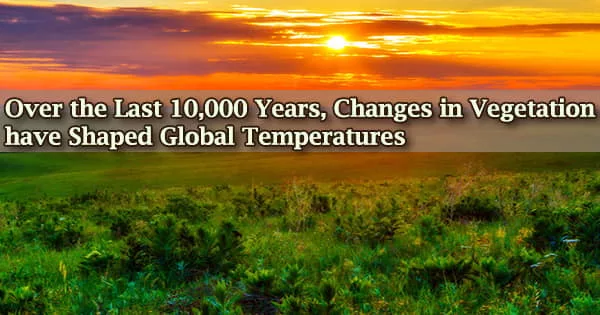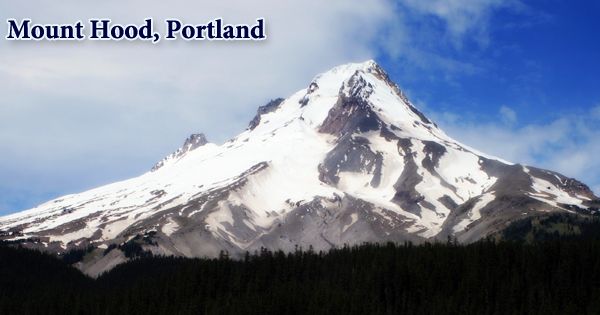Keep an eye out for pollen. According to findings from a climate scientist at Washington University in St. Louis, records from historical plant life indicate the true tale of world temperatures.
According to new model simulations published April 15 in Science Advances, warmer temperatures attracted plants, and then even warmer temperatures.
Alexander Thompson, an Arts & Sciences postdoctoral research associate in earth and planetary sciences, revised simulations from a leading climate model to include the significance of changing vegetation as a primary driver of global temperatures during the last 10,000 years.
Since the previous ice age, Thompson had been plagued by a difficulty with predictions of Earth’s atmospheric temperatures. Too many of these simulations exhibited constant temperature rises throughout time.
Climate proxy data, on the other hand, present a different narrative. Many of these sources point to a significant increase in global temperatures between 6,000 and 9,000 years ago.
Thompson suspected that the models were disregarding the role of changes in vegetation in favor of impacts from carbon dioxide concentrations in the atmosphere or ice cover.
Our new simulations align closely with paleoclimate proxies. So this is exciting that we can point to Northern Hemisphere vegetation as one potential factor that allows us to resolve the controversial Holocene temperature conundrum.
Alexander Thompson
“Pollen records suggest a large expansion of vegetation during that time,” Thompson said.
“But previous models only show a limited amount of vegetation growth,” he said. “So, even though some of these other simulations have included dynamic vegetation, it wasn’t nearly enough of a vegetation shift to account for what the pollen records suggest.”
In reality, the changes to vegetative cover were significant.
The Sahara Desert in Africa grew greener early in the Holocene, the current geological age, and was more of a grassland. Coniferous and deciduous forests in the mid-latitudes and the Arctic, as well as other Northern Hemisphere vegetation, thrived.
Thompson used pollen records as evidence and devised a set of tests using the Community Earth System Model (CESM), one of the most well-regarded models in a wide-ranging class of climate models. He used simulations to account for a variety of previously unaccounted-for changes in vegetation.
“Expanded vegetation during the Holocene warmed the globe by as much as 1.5 degrees Fahrenheit,” Thompson said.
“Our new simulations align closely with paleoclimate proxies. So this is exciting that we can point to Northern Hemisphere vegetation as one potential factor that allows us to resolve the controversial Holocene temperature conundrum.”
Because the Holocene is a time of recent geological history, it is critical to understand the size and timing of temperature change.
Because the rise of human agriculture and civilization occurred during this period, many scientists and historians from other fields are interested in learning how the climate of the early and mid-Holocene differs from that of today.
As a graduate student at the University of Michigan, Thompson conducted this research. He is continuing his studies at Washington University in the laboratory of climate scientist Bronwen Konecky.
“Overall, our study emphasizes that accounting for vegetation change is critical,” Thompson said. “Projections for future climate change are more likely to produce more trustworthy predictions if they include changes in vegetation.”
















